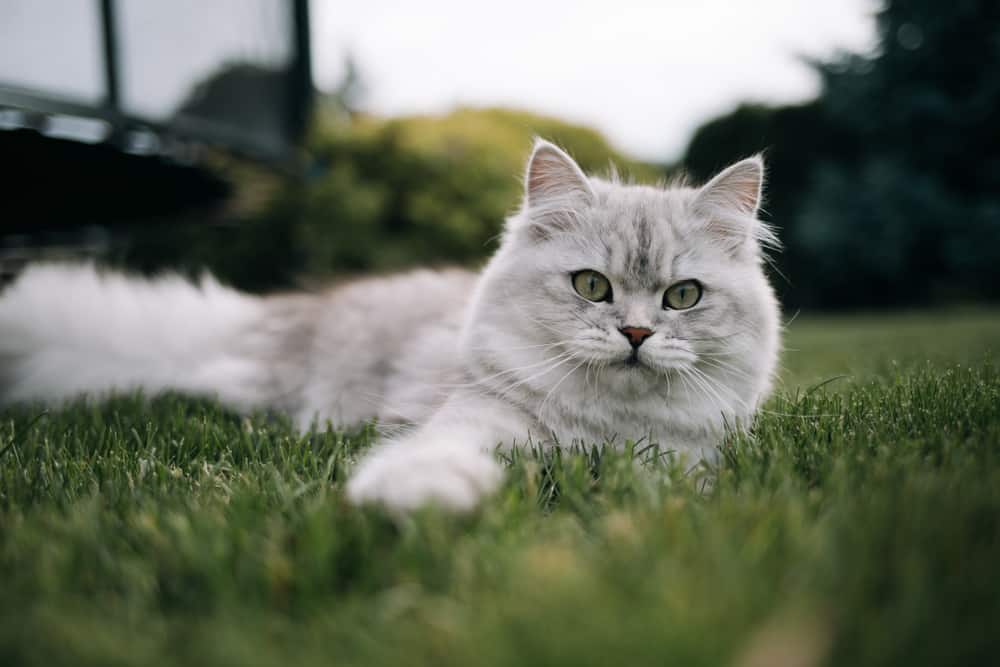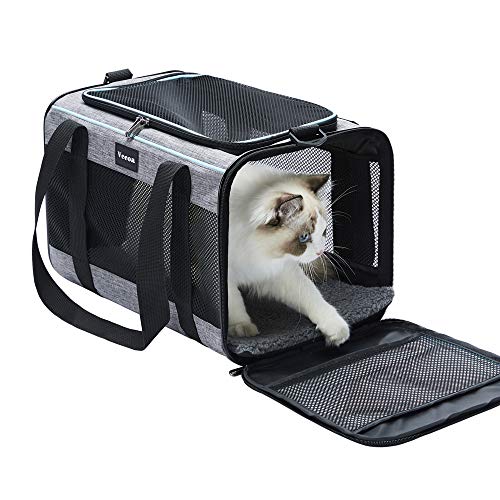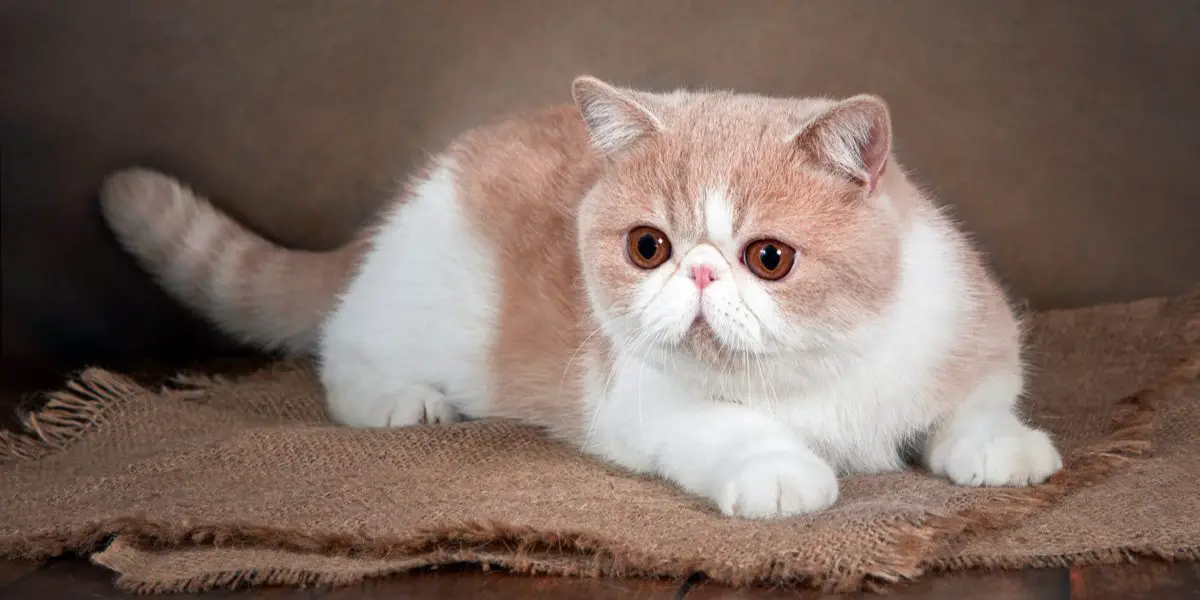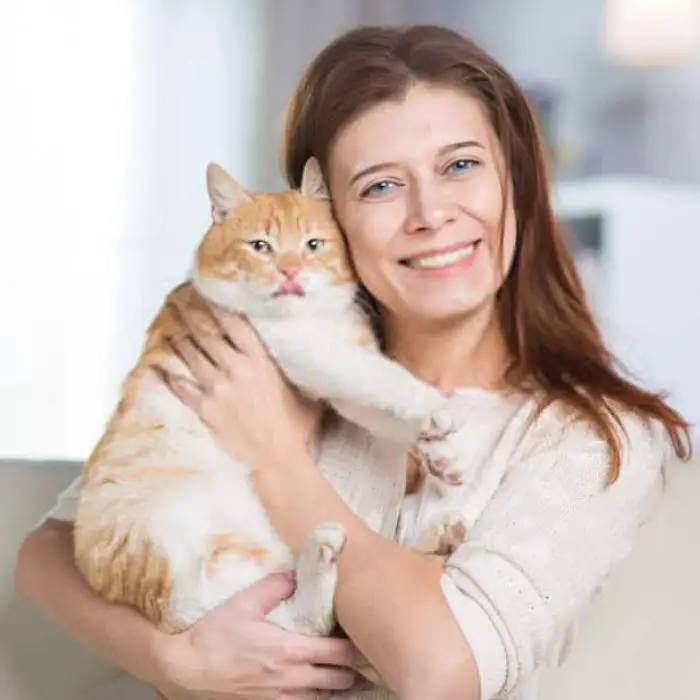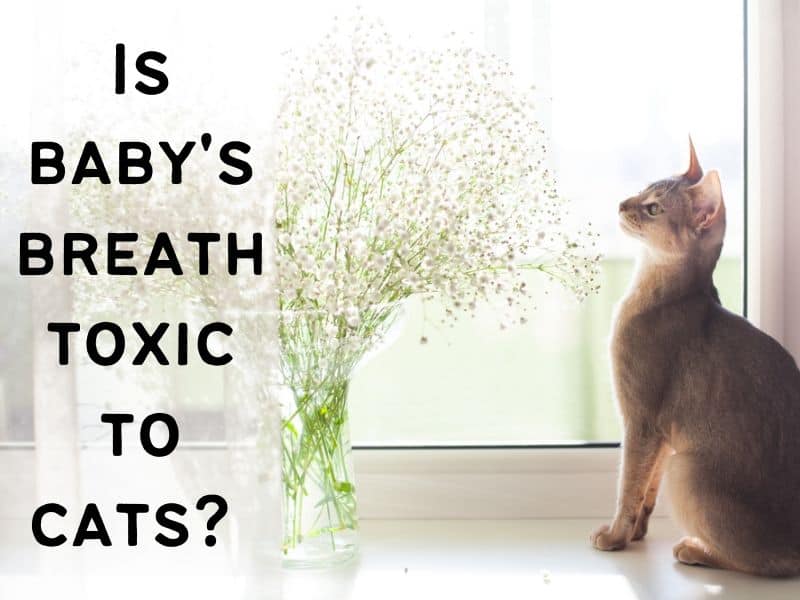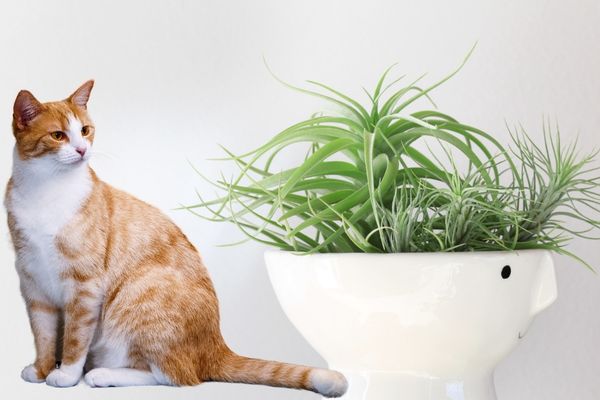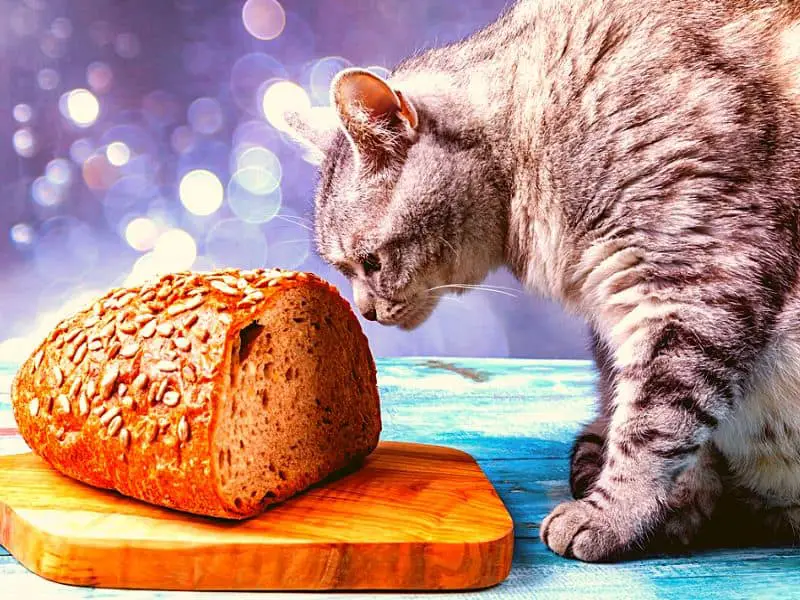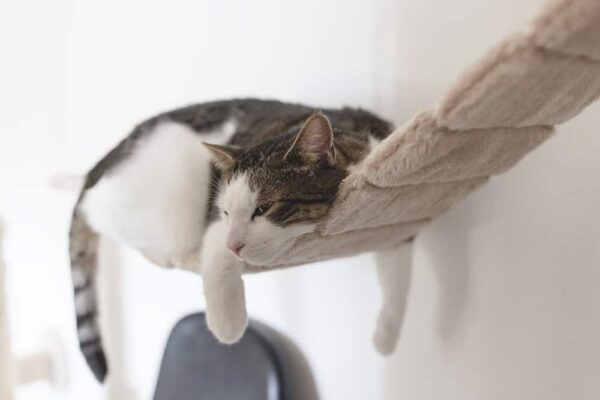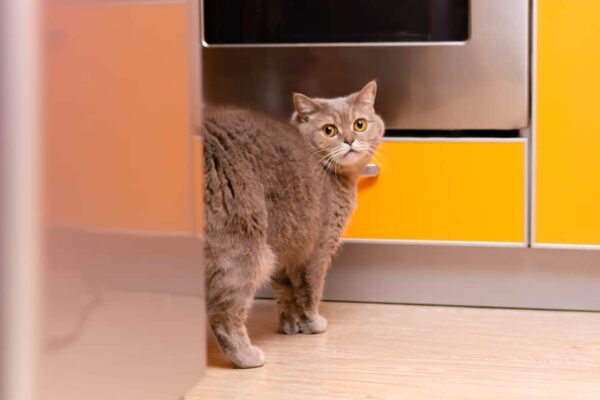The British longhair is a semi-long-haired cat that originated from Great Britain. This breed is also called the “teddy bear of a cat” This cat is one of the oldest cats and comes from the cross between American shorthair and Persian. Do note that they are sweet-tempered and loyal.
History and Origins
• Country of Origin: Great Britain
• Similar breeds: British shorthair
British longhair comes directly from British shorthair. Mainly this breed developed from a cross between British shorthair and Persian. Breeders want to save the British shorthair breed when it starts to reduce after the first world war. That is why they developed this breed. Apart from Persian, British shorthair was crossed with Burmese, Chartreux, and Russian Blue cats. Although this breed doesn’t come for registration, TICA recognized it in 2009. But Cat fanciers’ association doesn’t recognize it.
Temperament:
Calm, Cuddly, loving, Independent
Size:
Medium to large
Weight:
The adult female British longhair cat weighs 8-11 pounds, and the adult male British longhair weighs 10 to 16 pounds.
Colors:
British longhair has a blue(grey) coat, and it comes in varieties of colors like chocolate, sable cinnamon lavender, brown, silver fawn blue, grey-black, ebony cream, beige, tan lilac white red, and orange.
Average lifespan:
12-20 years
British longhair price:
British longhair price depends on the quality of pedigree. A British longhair from quality pedigree price is about $800-$1,200. If you buy from a non-reputed breeder, you will probably get this cat at a slightly lower price.
Traits of British longhair
- British longhair exists with the warm, loving and independent personality
- This breed is slightly reserved for the unknown people
- they are affectionate and loyal to the owner
Care and maintenance of British longhair
Grooming:
A British longhair cat has a short and highly dense coat that should be brushed regularly with a wide-toothed metal comb. Regular combing will help your cat for less shedding in-season change. Cats can clean themselves, so you don’t need to bathe them. Clean their eyes, nose and ear once every week. It is important to cut their nails once every two weeks.
Nutrition:
The British longhair breed doesn’t require any special nutritional diet. It requires mostly protein-based dry and canned food. In the meantime, providing plenty of water is important for all cats, including British longhair.
Health:
British longhair is prone to get (hypertrophic) heart disease. In the meantime, they can suffer from dental problems. So, as an owner of the British longhair breed, you need to take care of its health.
Here's a related post that you might find useful. Breeds of Flat Faced Cats: The Ultimate Guide to Adorable Companions
FAQs:
- Are British Longhair cats friendly?
Yes, British longhair cats are friendly with the owner, family members and even guests. Besides, this breed is easygoing and patient to tolerate the cuddle of little children. Moreover, you will get this breed as most adaptable with any party and program.
- What is the difference between British Shorthair and British Longhair?
The British longhair cat breed is closely related to the British shorthair breed from the perspective of their sharing history. These breeds exist with the same traits and standards. There has only difference between these two breeds is in their hair coat. British longhair has longer and soft fur from the cross with a Persian breed. On the other hand, British shorthair has shorter hair.
- Are British Longhair cats hypoallergenic?
No, British longhair cats are not hypoallergic. Generally, all longhair and much shedder (except some specific breed) cats are sensitive to an allergic person. However, Persian, British longhair, Maine coon and nor weigh forest cats are the most common breeds that can create an allergic reaction from their saliva and dander.

